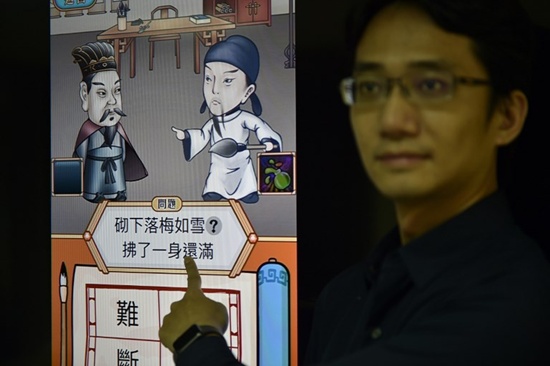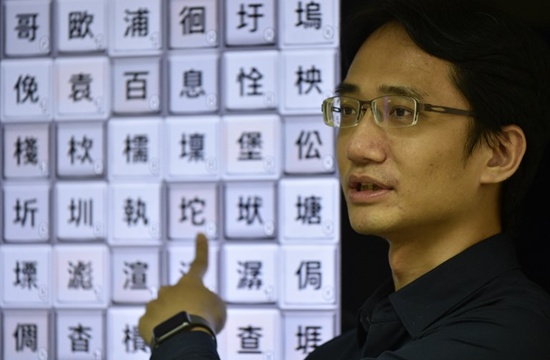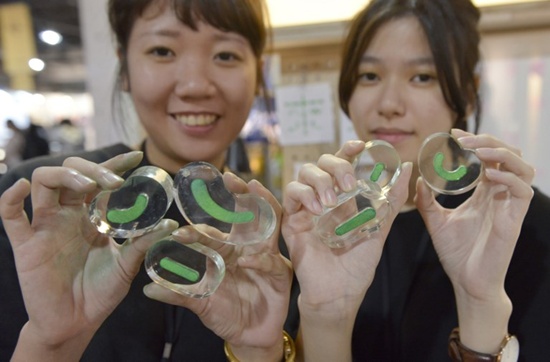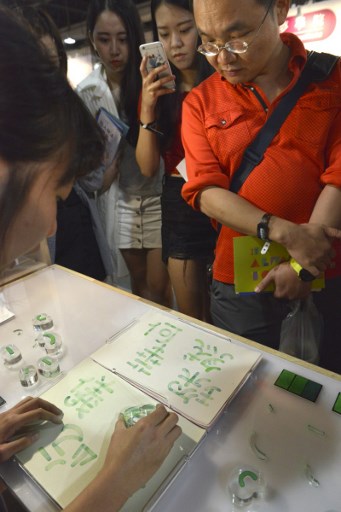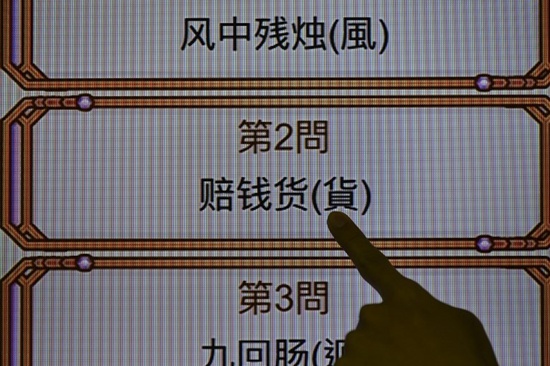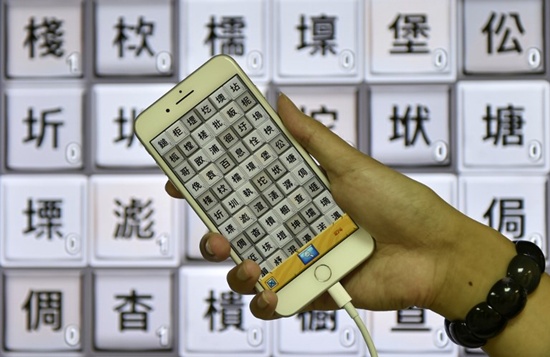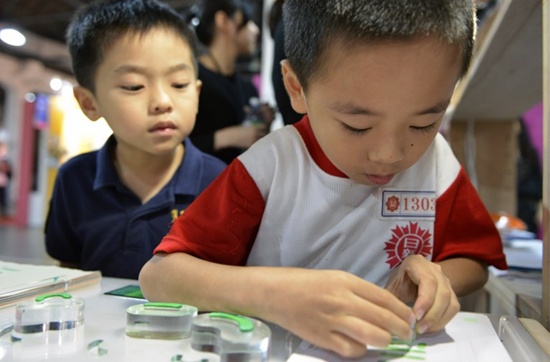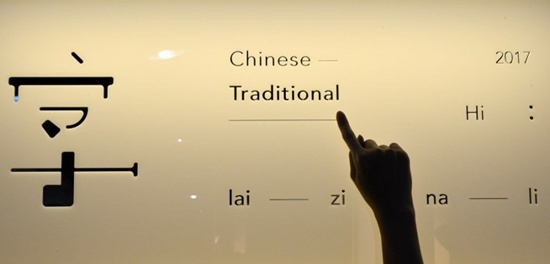
As a growing number of people around the world learn simplified Chinese instead of the more complicated traditional characters, young creatives in Taiwan are fighting to promote what they fear will become a dying art.
Introduced by the Chinese Communist Party in the 1950s to boost literacy, the simplified version of the script uses fewer strokes and is now the predominant writing system in the mainland.
Foreigners learning Chinese also tend to be taught the simplified characters, used in official documents by international organisations including the United Nations.
Even in Taiwan, where most people still use traditional characters, there is a growing tendency to opt for the more convenient simplified script.
And with an increasing number of the island's young people pursuing higher education and careers on the mainland, the influence of the simplified system is expanding.
Creators of a new Taiwanese app game called "Zihun" hope to help stem the tide.
Players assume the identities of literary figures from ancient China and compete on speed and accuracy in writing traditional characters.
From filling in the blanks to "word solitaire" -- using the last word of a phrase to create a new one -- or matching simplified characters with their traditional version, players write the answers on their smartphone screens with their fingers or touch pens.
Traditional Chinese script is a mixture of pictograph characters that represent objects, and ideographs that depict ideas or concepts.
Different or the same characters can form a compound word -- the word "forest" consists of three "wood" characters, for example.
There are rules to the formation of most characters but learning to write them depends heavily on memorisation.
